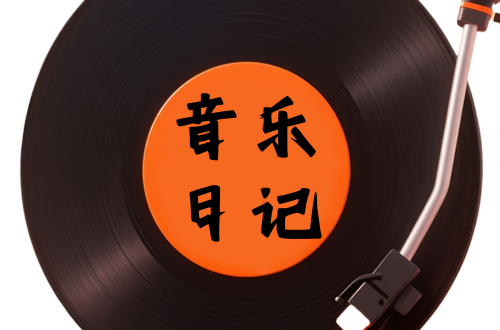Music Diary: Music Appreciation – Issue 1
I didn’t expect this series to continue in this way. The “Music Diary” column is essentially a display of the BLOG owner’s original content. Due to the shift in work focus, the music created for Mother’s Day has not been completed. Instead, the in-depth music appreciation content that was decided to be done at the beginning of the new year has begun to accumulate rapidly. These music appreciations come from the BLOG owner’s writing and comments in various reviews over the past few months. The BLOG owner extracts them and performs a final proofreading, which forms this column. In the future, music appreciation will be updated quarterly for a long time. I hope you all like it. You are also welcome to leave a message and give some advice.
I. Song: 鼓诗, Singer: 闫学敏, Album: 炎黄第一鼓
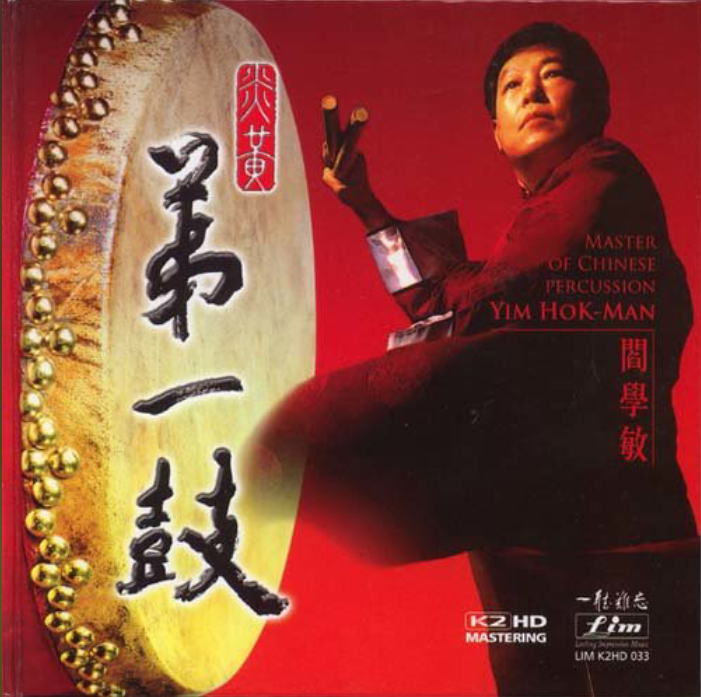
《鼓诗》 (Gu Shi), which in Chinese means “poetry woven with drums,” is one of the signature pieces of renowned Chinese percussionist 闫学敏 (Yan Xuemin). Its creation background was precisely during the bottleneck period of Chinese percussion music in the 1980s. Back then, Chinese percussion music was at a crossroads: should it completely imitate Western styles, or should it explore how drums could represent Chinese culture? It was at this moment that 闫学敏 (Yan Xuemin) boldly released this new album. He blended traditional percussion with modern musical ideas, breaking through the creative bottleneck in China and showcasing to the world the fusion and unity of Chinese and Western drums.
This 《鼓诗》 (Gu Shi) ditches all lyrics and accompanying instruments. It blends various Chinese and Western drums like 排鼓 (paigu), 大鼓 (dagu), 小鼓 (xiaogu), 板鼓 (bangu), and 定音鼓 (dingyingu) (timpani). It solely relies on the drums’ “timbre” and the musician’s “rhythm” and “power” techniques to showcase the beauty of drums. This piece of music, named “poem,” is truly a return to simplicity. It captures both the boldness of Chinese drums and the subtlety of Western drums. With just the sound of drums, it creates a grand scene that’s both narrative and visually evocative, leaving the world in awe.
2、Song:凤凰花开的路口, Singer:林志炫,Album:熟情歌
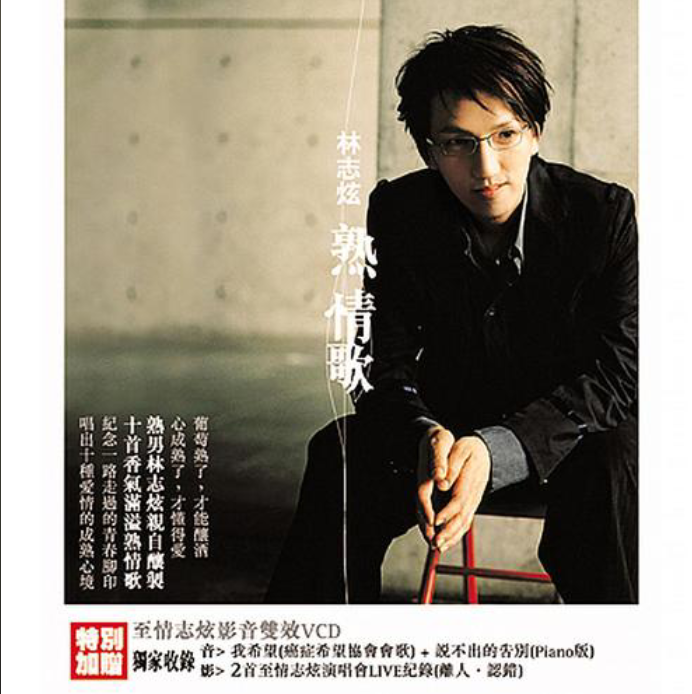
《凤凰花开的路口》, which in Chinese means “the intersection where phoenix flowers bloom everywhere.” This song came out in 2005, and it’s known for its super poetic lyrics. It uses things like phoenix trees and hillsides dyed red to create a specific scene. It’s like building a memory maze that’s kind of like a Mobius strip – whenever you see something similar, the song just pops into your head and brings back your own personal memories.
To really bring out the storytelling vibe of the song, 林志炫 (Lin Zhixuan) used this “high resonance” singing thing. He uses his nose to make the words sound richer, you know, with more overtones. Like, in the chorus, the word “流” in “时光的河入海流” (Time’s river flows to the sea) – that’s a perfect example of how he does it.
This special way of singing gives the song a really clear and bright sound, which is perfect for that poetic, memory-lane kind of vibe.
Plus, the song also uses a bunch of mixing and fancy vocal tricks, which makes it sound even more layered and interesting. It really brings out that “old-school” feel and makes you feel like you’re right there in the moment.
3、Song:煎熬, Singer:李佳薇,Album:感谢爱人
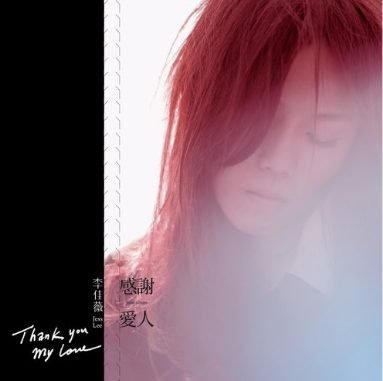
《煎熬》 (Jian Ao), which in Chinese kinda means your spirit being tortured for a long time, you know? Even though BLOG owner’s has always been a big fan of this song, I don’t think I’ve ever really broken it down before. 《煎熬》 (Jian Ao) is usually categorized as a song within the ‘hurtcore aesthetics’ genre.
Based on interviews with the singer 李佳薇 (Li Jiawei), we know this song is super meaningful to her personally. It’s like it was there for her through tough times, through the lows, and in every shout, she went through destruction and rebirth. You could even say this song was made for her, like a snapshot of her life, and that’s why she brings her own unique “style” to it.
BLOG owner’s been using 《煎熬》 (Jian Ao) forever to test out the high end of headphones and speakers. Actually, the main thing is to listen to that G4-F5 explosion in the chorus. In the line “心一跳,爱就开始煎熬” (heart skips a beat, and love begins to torment) – that F5 note plus her special edge-vibration singing thing creates a high-frequency overtone around 3400Hz.
And as the song goes on, the sound pressure actually gets close to 110dB! It’s like taking the usual lovey-dovey love song and turning it into a postmodern emotional nuke. It creates this amazing power that’s like exploding while holding back, screaming without making a sound – it’s seriously impressive.
4、Song:Legends Never Die, Singer:Chrissy Costanza

Just like those nameless poems passed down by bards for generations, some melodies are just born to be special. Sometimes they’re there to remember a history we shouldn’t forget, and sometimes they’re to mark moments of awesome glory. 《Legends Never Die》, the theme song for the 2017 World Championship of 《英雄联盟》 (League of Legends) – you know, the biggest eSports game in the world – it captured the hard work of RNG and WE that year, and it also holds the regrets of tons of Chinese players. Now in 2025, this song has become a major part of the youth memories for people in their 80s and 90s.
The singer, Chrissy Costanza, is actually a League of Legends player herself, and she’s even a shareholder of T1, which is pretty much considered the best LOL team in the world right now. She put her own understanding and love for the game into her singing, which made the song feel even more connected to the game world. This song doesn’t need a lot of explaining. As far as pop music goes, it’s not like it’s super groundbreaking or anything. But when those familiar notes kick in, you just remember those nights playing with your friends, those moments cheering for victory. Maybe those days are long gone from our lives now. But you can definitely still clearly remember the line your youth heard the most: “Welcome to Summoner’s Rift.” Only passion can truly shake your soul.
5、Song:24 Caprices for Solo Violin, Op. 1: No. 24 in A Minor (Tema con Variazioni), Singer:József Lendvay/Niccolò Paganini,Album:Lendvay

This is Paganini’s Caprice No. 24 in A minor, performed by Hungarian violinist Lendvay. If you’re into instrumental music, you probably know that Caprice No. 24 is known as the peak of virtuoso pieces. Some people think it’s just a mess of notes, while others see it as the ultimate test for musicians. But no matter what, no violinist can really skip this piece.
Lendvay’s version not only shows his own unique take on Caprice No. 24, but also, and this is important, his performance is a fast-paced adaptation that really highlights technique. The whole piece is only 3 minutes and 12 seconds long, cutting out several variations from the original. You could say it’s the shortest Caprice No. 24 out there. This kind of, let’s say, unconventional adaptation isn’t about making the piece easier. If you listen closely, you’ll find that Lendvay’s playing is actually pretty interesting. In each theme, he’s not trying too hard for speed or technique. Instead, he uses a really casual “rubato” (free tempo) playing style, which gives it a great flow that just feels right to listeners. This way of playing that doesn’t really push for technique or musicality is kind of its own thing.
And when it comes to the variations, he adds in some Eastern European folk music ornaments as transitions, making each variation really stand out (like the sixteenth-note variation starting at 23 seconds, it’s way more recognizable than other versions). Overall, Lendvay’s performance of this piece might not be Master-level, but it’s definitely eye-catching and has a strong personal style.
6、Song:人世间, Singer:雷佳, Album:人世间 电视剧原声带
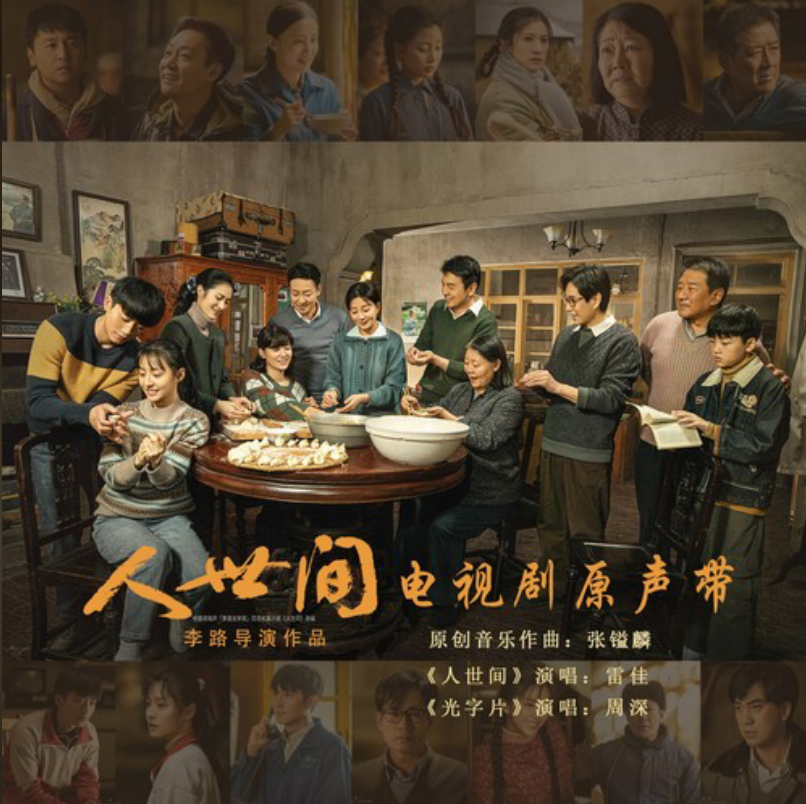
《人世间》 (Ren Shi Jian), the song title, you could see it as meaning “walking in the world of ordinary people,” or describing all aspects of human life. As the theme song for the TV drama with the same name, it’s a song that’s super rich in deep emotions and has a lot of tension.
唐恬(Tang Tian)+ 钱雷(Qian Lei) – this combo is like, no doubt, the top-tier lyricist and composer in Chinese music right now, and they gave this song a super high potential. And 雷佳 (Lei Jia) totally lived up to it, putting in a serious and dedicated effort to produce the song.
First off, 雷佳 (Lei Jia) really shows off her amazing singing skills in this track. The song starts with a super low, almost whispering tone, like “草木会发芽,孩子会长大” (grass and trees will sprout, children will grow up). It’s like someone’s telling you a story from way back when, right in your ear, making you feel all peaceful and like time’s just flowing by. This kind of whispering in the low notes goes on throughout the whole song, popping up here and there in the lyrics.
Then, when the chorus hits, boom! You get these crazy high notes that go up and up for two whole octaves! It makes the feeling of the song go from quiet and holding back to totally exploding, like a volcano erupting, so powerful. Take the line “岁月的列车不为谁停下” (the train of time doesn’t stop for anyone), for example. It still has that rich, full sound of folk singing, and even a bit of that opera-style vibrato at the end of the phrases, but it also feels really natural and like everyday speech. This mix of singing styles is really unique and creates a strong sense of scene and makes you picture things in your head, it’s really catchy and hits you hard.
Also, the whole song, from how it’s written to how it’s sung, keeps highlighting this idea of “contrast.” Like, you’ve got the piano and the choir singing in this ethereal way that feels “old-school,” and then you’ve got the cello solo which feels really “modern.” They’re both there to really push that theme of “history changing,” that the song’s all about. You can totally see how awesome 钱雷 (Qian Lei) is as a composer.
7、Song:風の循環~Wind Tour, Singer:TAMUSIC, Album:東方バイオリン1
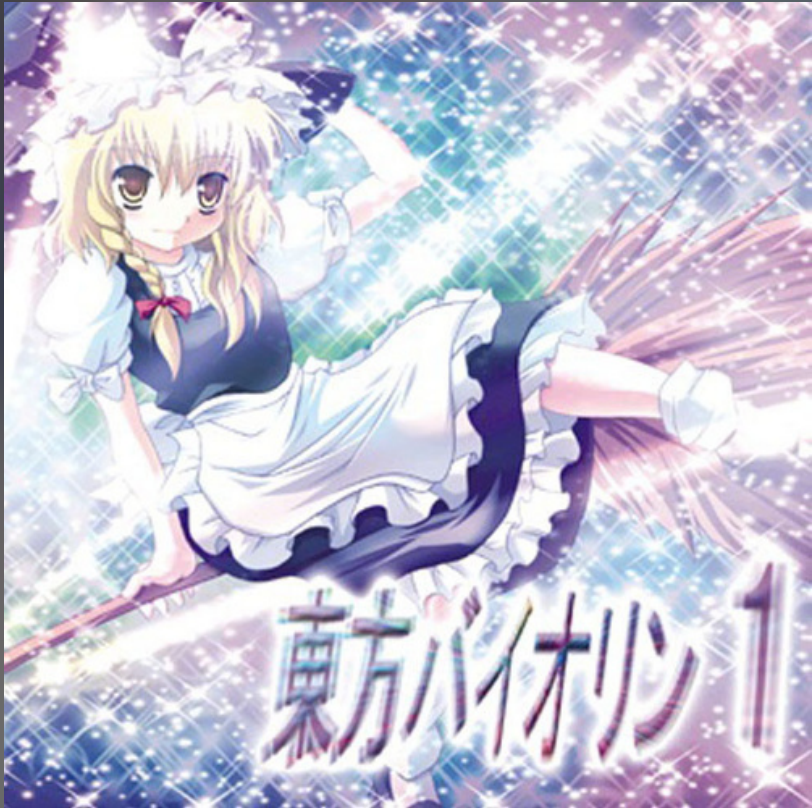
This is an improvised violin cover of 《風の循環~Wind Tour》 (Kaze no Junkan – Wind Tour), by the doujin group TAMUSIC. The song title means “wind that keeps going and going.” The track is a cover of the theme song for the stage 1 and 2 bosses from 《东方文化贴》 (Touhou Project game). The original track is a really classic PC98 MIDI-sounding tune. The composer, ZUN, used his skilled and unique mixing tricks to create game music that’s clearly recognizable as part of the series and has a strong thematic vibe.
Statistically speaking, 《風の循環》 (Kaze no Junkan – Wind Tour) is super popular in the doujin scene, with at least 167 covers out there. TAMUSIC really digs this song too, and they’ve dropped at least 9 different covers of it so far. Gamers generally give this song mad props, but some folks also feel like the verse takes too long to build up, and the chorus climax is over way too quick.
But TAMUSIC’s violin concerto version really made BLOG owner’s say “wow!”. The track is smooth, natural, and just flows effortlessly, developing like clouds drifting in the wind and water flowing in a stream. The whole thing is seamless and coherent, and after you listen to it, you just gotta say “damn, that was good!”. And that problem with the original chorus being too short? Well, they fixed it by using improvised variations, which pumped up the tension in the verse and made the rhythm stronger. Problem totally solved!




